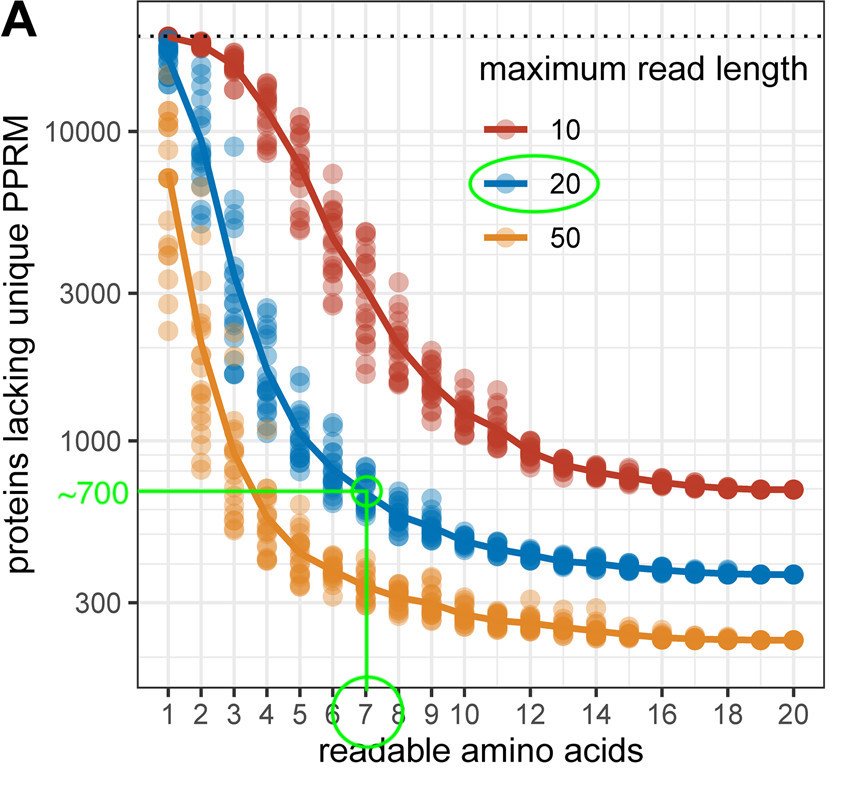The more work we do, the less we think sequencing (#NGS) will be the best platform for non-invasive prenatal testing (#NIPT).
I'll explain using a dishwasher as my analogy.
If you don't already know how NIPT works, refer to the image below, if you do, read on!
I'll explain using a dishwasher as my analogy.
If you don't already know how NIPT works, refer to the image below, if you do, read on!

Imagine that your sequencer is a dishwasher and your lab washes dishes instead of processing NIPT samples. You need each dish to be spotless when it comes out.
You cooked a hearty meal and you have 100 dishes to clean, some much dirtier than others.
You cooked a hearty meal and you have 100 dishes to clean, some much dirtier than others.
You decide to set the washer to its highest setting so that even the grimiest plates come out shining. Though satisfied at the end of the cycle, you realize you over-washed the other 99 dishes. If you were a bigger washing operation, this could really hurt your margins!
The dirtiest plate is the blood sample w/ the lowest fetal fraction. When you batch it with others, you must calibrate the sequencer for this outlier, causing you to over-sequence the other 99 pooled samples. If done at scale, this is a problem. You're wasting money.
If I'm the dishwasher-owner, I might accept the upper limit on my margins--after all, all my competitors buy from the same dishwasher (sequencer) manufacturer. How else can I compete?
I could create a QuickWash service (faster clinical turnaround time, or TAT).
I could create a QuickWash service (faster clinical turnaround time, or TAT).
I could fund a study that says my dishwasher is marginally better at cleaning so I can get paid more (higher reimbursement).
We don't think any of these are long-term solutions.
We think the best solution is getting rid of the dishwasher entirely.
We don't think any of these are long-term solutions.
We think the best solution is getting rid of the dishwasher entirely.
Given the relatively-fixed panel breadth of NIPT, we think single-molecule counting approaches are a better fit than sequencing. We estimate that Invitae's per-sample reagent costs for NIPS, once run on Singular Bio hardware, will be roughly $15-$20.
patents.justia.com/assignee/singu…
patents.justia.com/assignee/singu…
Singular's optical quantification approach is great for detecting the types of alterations, like aneuploidy, that are common on NIPT panels. Importantly, this system is independent of the batching/over-sequencing issues that are common when multiplexing on a sequencer.
We think women should have access to comprehensive prenatal testing regardless of risk or insurance coverage. We also think they should be able to order NIPT directly without a copay, wherever they live around the world, for a price under $100. Cost should not be a barrier.
While NGS undoubtedly is the backbone behind the genomic revolution, it may not be the best-fit for every single application. For NIPT, we think vertically-integrating hardware, especially molecular counting, is a way to pragmatically drop costs.
Remember that R&D, especially among molecular diagnostics companies, doesn't necessarily equal lighting mountains of cash on fire. R&D translates into an asset, whether it's margin lift or revenue expansion, we just need to dig to figure out what.
Also, this just came out. It's a win for anyone running NIPT/NIPS assays ~ translates to higher reimbursement/ASPs moving forward.
360dx.com/molecular-diag…
360dx.com/molecular-diag…
• • •
Missing some Tweet in this thread? You can try to
force a refresh








